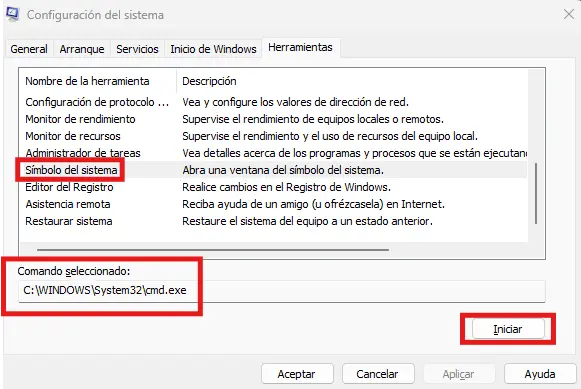PRIMARY CATEGORY → WINDOWS PRIVESC
Binary Self-Elevation
There are different type of contexts in which this technique comes handy
Logon Session 2 (Interactive) via Runas.exe - Filtered Token
Imagine an attacker logs in to the a remote system as a Non-Privileged User
Then, LSASS.exe creates a Non-Privileged Access Token, which has a Medium IL (Integrity Level)
The attacker runs the following command to search for credentials stored in the form of encrypted Blobs or stored as .VCRD files within the Windows Credential Lockers (Windows Vaults)
cmdkey.exe /listOr just checks the Windows Credential Manager
And he found an stored credential related to a Local Admin Account
Despite not knowing the plain text password, the following command could be executed to get a Logon Session Type 2 (Interactive) as this user
runas.exe /savecred /user:<ADMIN_USER> powershell.exeThe above command launch a powershell.exe as the Local Admin User
Since the obtained session is an Interactive one and the user belongs to the Administrators group, the User Account Control is applied
Therefore, the launched powershell.exe instance has a Medium IL as this process has been created under the context of a Filtered Token
Important
By default, the User Account Control (UAC) applies for all the Admin Local Accounts except for the RID 500 Account (Administrator), as long as the Admin Approval Mode is not enabled
Therefore, LSASS.exe creates a Dual Token (Filtered and Full Access Token) when a client logs in as a Non-RID 500 Admin Local Account if the Logon Session Type is Interactive (2) or RemoteInteractive (10)
In practical terms, it is like being logged in via WinRM (Logon Type 3 - Network), as a Local Admin User having applied the LocalAccountTokenFilterPolicy
I.e., the client also receives a Filtered Access Token
But the difference in this case is that the attacker comes from an Interactive Logon Session as the Non-Privileged User
Thus, we can leverage of the Binary Autoelevation and search for binaries that bypass the User Account Control
The current situation is that an attacker has a process, the powershell.exe, with a Medium IL under a Filtered Token context
But this access token is related to the Local Admin User, which means that there is a Full Access Token associated with the LUID of this user stored in the memory of LSASS.exe
So, an attacker could launch a process marked as Self-Elevating, which bypasses the UAC and therefore launches under the context of the Full Access Token
From this process, any launched process have a High IL as this process will be created under the context of the Full Access Token
The, the attacker could spawn another powershell.exe from that process
MSConfig
The msconfig.exe binary is one of them
Therefore, the entire process would be →
Launch a Process as the Non-Privileged User
Non-Privileged Access Token → Medium IL
powershell.exeCheck for Stored Credentials
Local Admin Account’s Stored Credentials found
cmdkey.exe /listCreate an Interactive Session as the Local Admin User
Filtered Access Token (Dual Token) → Medium IL
runas.exe /savecred /user:<ADMIN_USER> powershell.exeLaunch the Self-Elevating Binary
UAC Bypass
Full Access Token → High IL
msconfig.exeSpawn another Process from the Elevated Process
Full Access Token → High IL

Zoom In